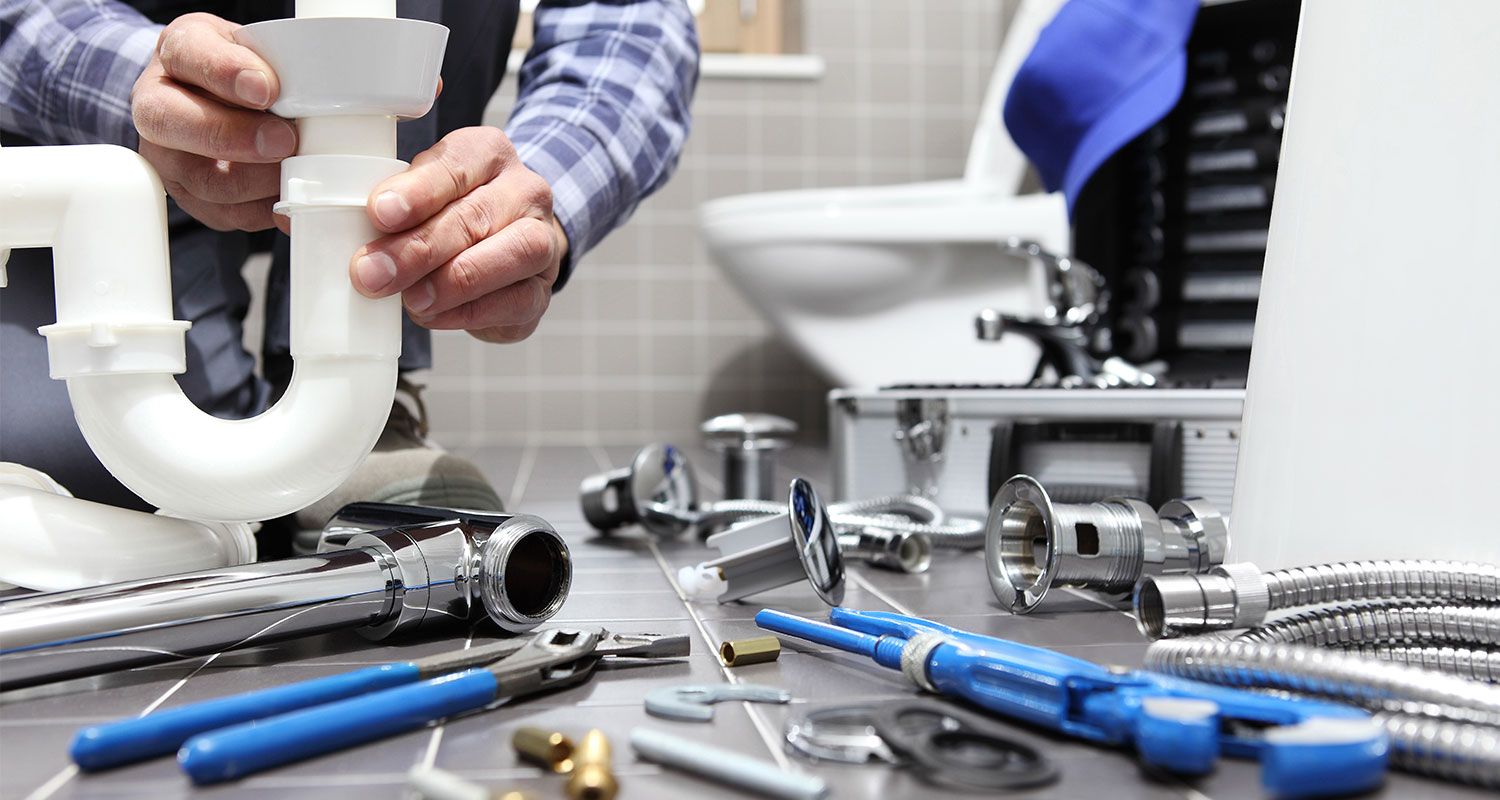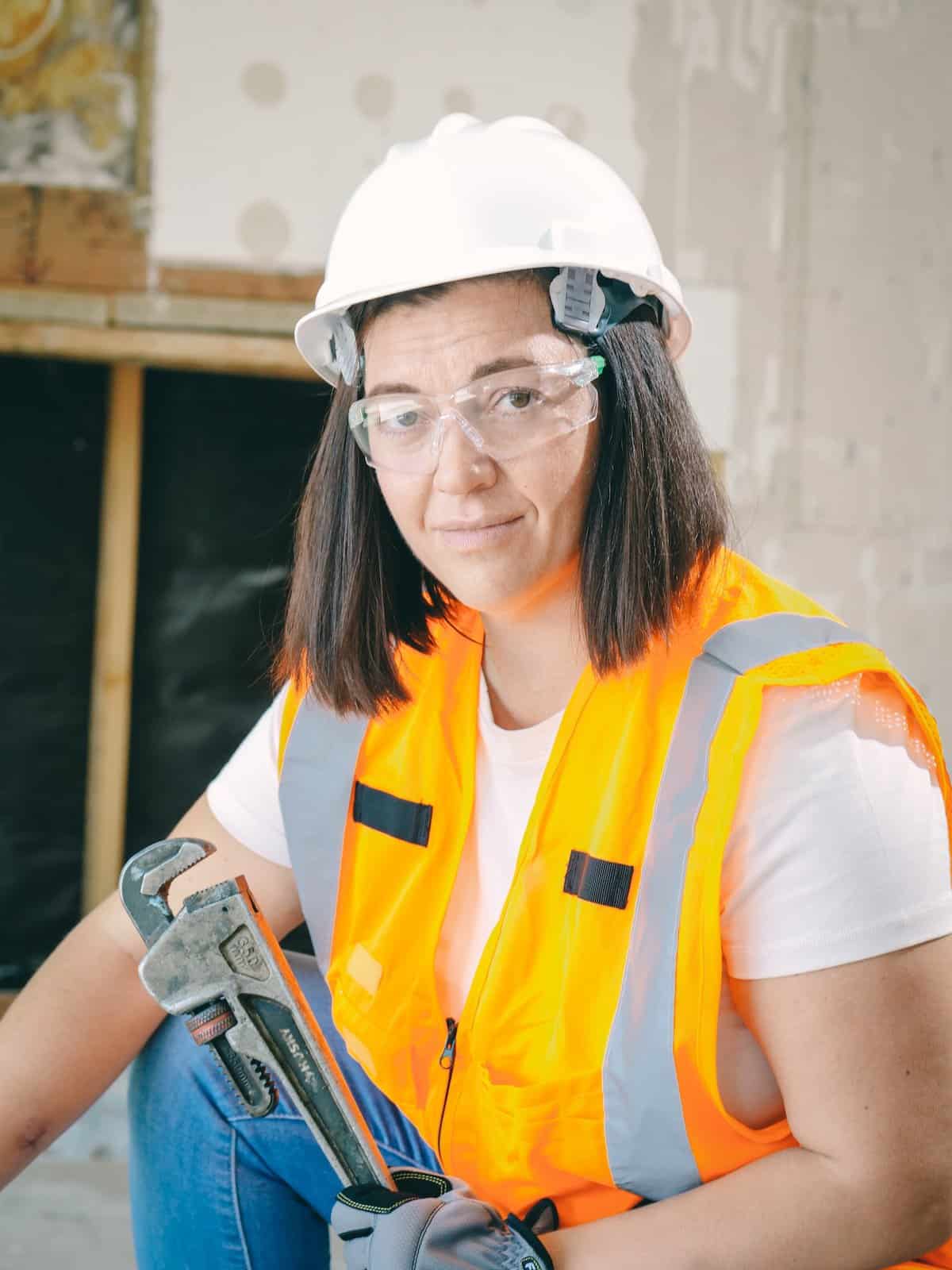A Step-by-Step Overview to Efficient Hot Water Heater Setup for Ideal Performance
Beginning on the task of installing a hot water heater is a venture that demands precision and a methodical technique for accomplishing optimum efficiency. The procedure starts with the vital decision of selecting the appropriate heating system customized to the particular needs of your house, taking into consideration aspects such as size, kind, and power source. As soon as selected, preparing the installation location to meet safety and security requirements is critical. The journey does not end here. As you continue, the complexities of attaching water system lines and establishing reliable electric or gas connections await, encouraging insights right into guaranteeing performance and reliability.
Choosing the Right Water Heating System

Following, consider the size and capability of the water heating system. It's essential to assess your home's warm water demands, which can differ based upon the number of residents and their usage patterns. A system that's also tiny might result in inadequate warm water, while an extra-large version might result in unnecessary energy consumption.
Effectiveness scores likewise play an essential duty in selection. Look for hot water heater with high Energy Variable (EF) rankings, showing remarkable efficiency and lowered power use. Tankless versions, though usually a lot more pricey in advance, offer considerable energy savings over time as a result of their on-demand home heating capacities.
Preparing the Setup Location
Before installing a new water heater, thorough prep work of the setup area is necessary. This makes sure a smooth installation procedure and aids stop future difficulties (Water Heater installation Alabaster AL). Begin by choosing a proper location that abides by neighborhood building ordinance and security standards. The location must be dry, well-ventilated, and available for maintenance. It's crucial to gauge the area thoroughly to accommodate the water heating system's measurements, guaranteeing ample clearance around the system for effective procedure and servicing.
Next, eliminate any kind of debris, dirt, or obstructions from the website to create a clean setting. Inspect the floor for stability, as the water heating system will need a solid, degree surface to operate successfully. If essential, install a drip pan beneath the unit to catch prospective leaks or spills, stopping water damages to the surrounding location. In areas susceptible to seismic task, think about mounting seismic bands to safeguard the heating system strongly in area.
Additionally, ensure that all essential devices and products are on hand before commencing the installation. This consists of things such as wrenches, screwdrivers, a degree, and any type of additional hardware needed for placing and safeguarding the heating unit. A well-prepared installment location sets the foundation for an effective hot water heater configuration, enhancing performance and safety and security.
Connecting Water System Lines
When linking supply of water lines to your newly mounted hot water heater, it is important to make sure that all connections are leak-free and safe to maintain reliable procedure and avoid water damages. Begin by recognizing the warm and chilly water supply lines. The cool water inlet is commonly noted with a blue label or a "C", while the warm water electrical outlet is marked with a red label or an "H".
Use adaptable water heater ports to promote a simpler setup procedure. Before attaching the ports, position a plumbing's tape around the threaded ends of useful site the water heating unit's inlet and electrical outlet pipelines.
Once connections are in location, gradually transform on the major water supply valve. Examine each connection for leaks by visually inspecting and feeling for wetness. Tighten connections as required, and make sure the stress alleviation shutoff is properly have a peek at this website set up, securing against too much stress accumulation.
Setting Up Electrical or Gas Links
Appropriately establishing the electrical or gas links for your hot water heater is a crucial step to make certain reliable and safe operation. For electric hot water heater, start by verifying that the electrical circuit works with the heating unit's voltage and amperage needs. Guarantee the power supply is shut off at the circuit breaker to avoid accidents. Connect the electrical cords to the heater complying with the supplier's electrical wiring diagram. Generally, this involves attaching the ground cord to the green terminal, and the remaining cords to their corresponding terminals, protecting each with cord nuts.
For gas hot water heater, security is critical. Validate that the gas supply is off before continuing. Connect the gas line to the hot water heater using a flexible gas adapter, ensuring it is appropriately threaded and secured with pipeline joint compound or Teflon tape suitable for gas links. Tighten the connections with a wrench, taking care not to over-tighten (Plumbing Alabaster AL).
As soon as links are made, inspect for any prospective leakages. For gas lines, apply a soapy water remedy to the joints; bubbles indicate a leakage. For electric connections, ascertain that all electrical wiring is safe and effectively insulated, keeping conformity with neighborhood electrical codes.
Testing and Readjusting for Effectiveness
With the electrical and gas links safely in place, the next action is reviewing the operational effectiveness of your water heating system. Begin by thoroughly turning on the water supply and ensuring there are no leakages at any of the joints or shutoffs.
Next, execute a detailed assessment to ensure the heating components or gas burners are working correctly. For electric heating units, make use of a multimeter to verify if the aspects are attracting the appropriate present. In gas models, observe the heater flame; it should be blue and stable, showing reliable burning.
Adjust the settings as essential to get rid of ineffectiveness. Take into consideration carrying out insulation steps, such as including a hot you could try here water heater blanket, to further enhance performance by reducing heat loss. Additionally, inspect the anode rod's problem, as a shabby pole can decrease effectiveness and lead to container corrosion.
Final Thought
Efficient water heating unit installation is essential for making sure optimum efficiency and power financial savings. Firmly attaching water supply lines and carefully setting up electrical or gas links minimize potential concerns.

Properly setting up the electrical or gas connections for your water heating unit is a critical action to ensure efficient and safe operation. For electric water heaters, begin by verifying that the electrical circuit is compatible with the heater's voltage and amperage requirements. Connect the gas line to the water heater using a flexible gas adapter, guaranteeing it is properly threaded and secured with pipeline joint substance or Teflon tape appropriate for gas links.